TRADITIONAL FESTIVITIES (PART 1)
- Halloween
Also known as Allhalloween, All Hallows' Eve, or All Saints' Eve, is a yearly celebration observed in a number of countries on 31 October, the eve of the Western Christian feast of All Hallows' Day.
Typical festive Halloween activities include trick-or-treating (or the related "guising"), attending costume parties, decorating, carving pumpkins into jack-o'-lanterns, lighting bonfires, apple bobbing, visiting haunted house attractions, playing pranks, telling scary stories and watching horror films.
Typical festive Halloween activities include trick-or-treating (or the related "guising"), attending costume parties, decorating, carving pumpkins into jack-o'-lanterns, lighting bonfires, apple bobbing, visiting haunted house attractions, playing pranks, telling scary stories and watching horror films.
The tradition of eating certain vegetarian foods for this vigil day developed, including the consumption of apples, colcannon, cider, potato pancakes, and soul cakes.
Development of artifacts and symbols associated with Halloween formed over time. Jack-o'-lanterns are traditionally carried byguisers on All Hallows' Eve in order to frighten evil spirits. There is a popular Irish Christian folktale associated with the jack-o'-lantern, which in lore, is said to represent a "soul who has been denied entry into both heaven and hell".
Here are some crafts to do with students:
- Advent
Is a season observed in many Western Christian churches as a time of expectant waiting and preparation for the celebration of the Nativity of Jesus at Christmas. The term is an anglicized version of the Latin word adventus, meaning "coming".
Is a season observed in many Western Christian churches as a time of expectant waiting and preparation for the celebration of the Nativity of Jesus at Christmas. The term is an anglicized version of the Latin word adventus, meaning "coming".
People decorate their homes with ornaments and mistletoe.
In school the children can decorate the classroom with these things.
In school the children can decorate the classroom with these things.
- Christmas
Is an annual festival commemorating the birth of Jesus Christ, observed generally on December 25 as a religious and cultural celebration among billions of people around the world. A feast central to the Christian liturgical year, it closes the Advent season and initiates the twelve days of Christmastide, which ends after the twelfth night. Christmas is a public holiday in many of the world's nations, is celebrated culturally by a large number of former or non-Christian people, and is an integral part of the Christmas and holiday season.


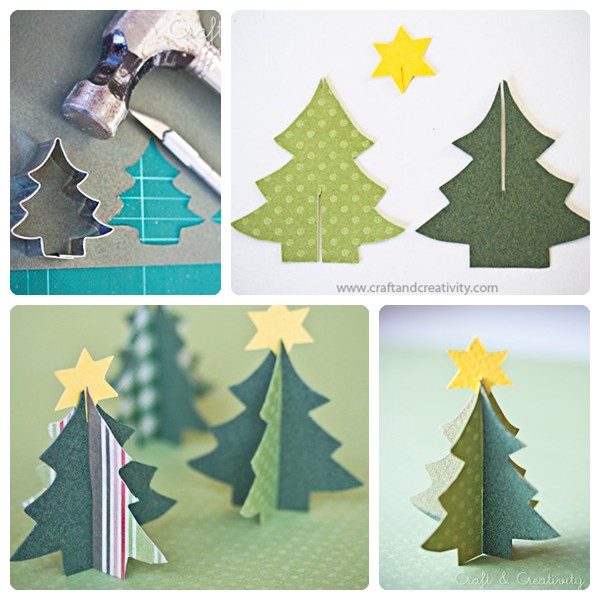

-traditions
Children write their Santa List and they create snowmen in their gardens.

Students can write the List to Santa Claus at school.




They watch nativity plays.

There are big family get-togethers.

-eve
Christmas Eve is the evening or day before Christmas Day, the widely celebrated annual holiday. It occurs on December 24 in Western Christianity and the secular world, and is considered one of the most culturally significant celebrations inChristendom and Western society, where it is widely observed as a full or partial holiday in anticipation of Christmas Day.
Christmas celebrations have long begun on the night before the holiday, due in part to the Christian liturgical day starting at sunset, a practice inherited from Jewish tradition and based on the story of Creation in the Book of Genesis: "And there was evening, and there was morning – the first day."
Christmas Eve including the gathering of family and friends, the singing of Christmas carols, the illumination and enjoyment of Christmas lights, trees, and other decorations, the wrapping and/or opening of gifts, and general preparation for Christmas Day. Legendary Christmas gift-bearing figures including Santa Claus, Father Christmas, Christkind, and Saint Nicholas are also often said to depart for their annual journey to deliver presents to children around the world on Christmas Eve, although until the Protestantintroduction of Christkind in 16th-century Europe, such figures were said to instead deliver presents on the eve of Saint Nicholas' feast day (December 6).
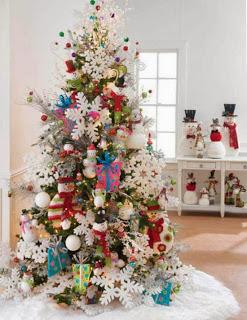

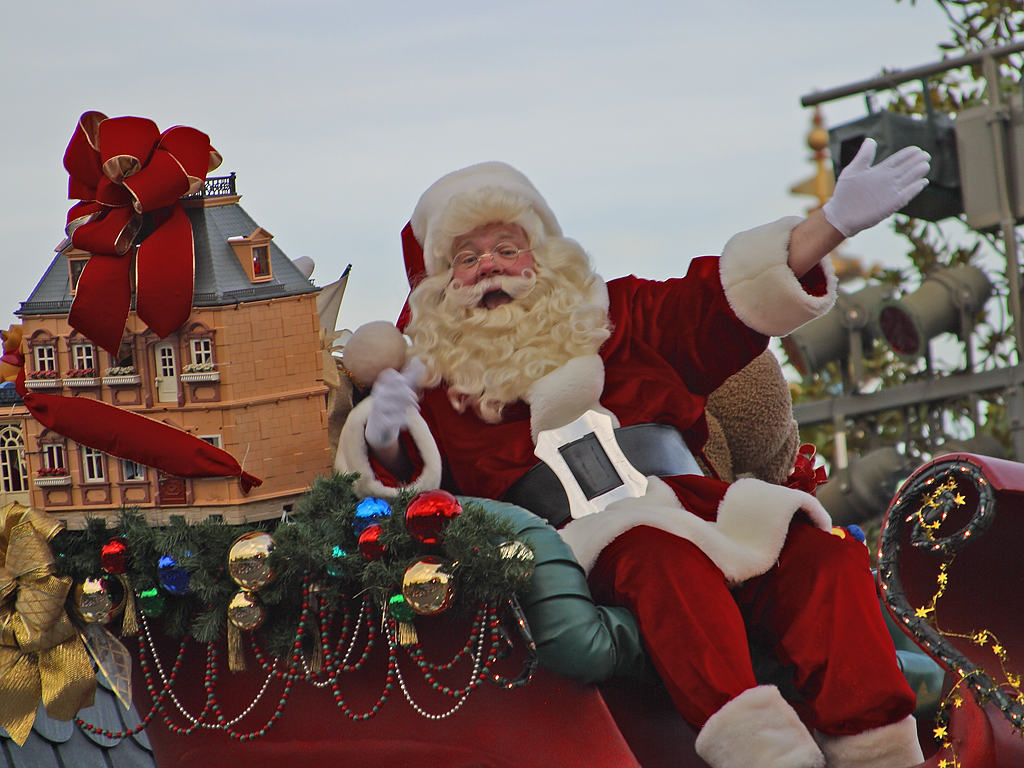
It is the night when Santa Claus comes. Children hang up stockings above the fireplace.

Santa Claus and his elves make all the toys in his workshop in the North Pole. Then he flies around the world in a sleigh pulled by eight reindeers
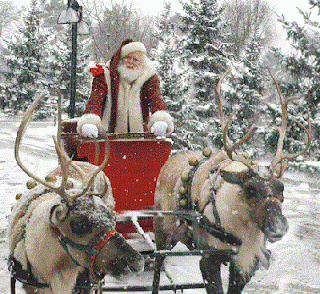
Children leave mince pies, brandy, biscuits, hot chocolate or milk for Santa and carrots for the reindeers.
Santa goes down the chimney to leave the presents or the coal.
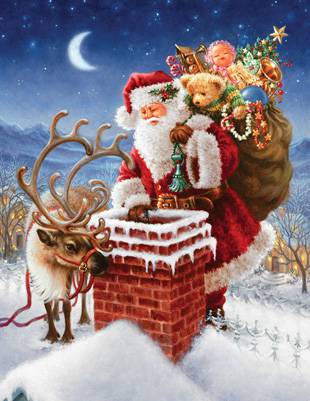


-day
The children wake up very early in the morning to open the presents. They find their presents under the Christmas tree.
People decorate their Christmas Trees with: bells, candles, lights, tinsels, baubles, ornaments, candy canes and a star or an angel at the very top of the tree.
A traditional Christmas dinner include: roast turkey, roast potatoes, cranberry sauce, for dessert they have rich fruity pudding which you douse in brandy. Christmas puddings usually include raisins, nuts and cherries and finally gingerbread is also typical.
But before dinner exploit a Christmas cracker. This is a coloured paper tube which contains a banger. When two people pull the cracker it snaps in half making a loud bang.
Inside the cracker there are paper crowns, jokes or little gifts.





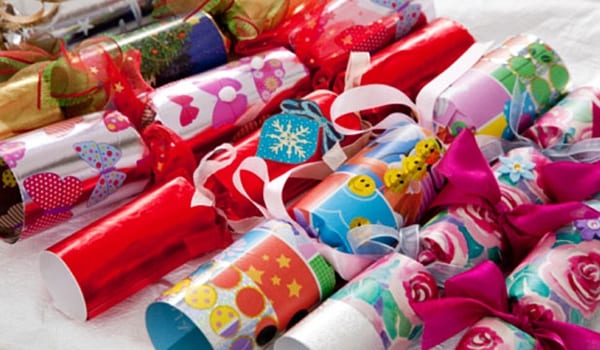

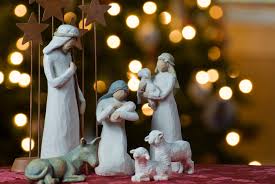


The students do the christmas ornaments in class.



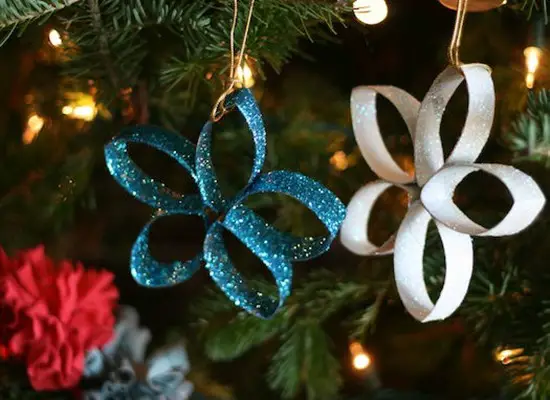



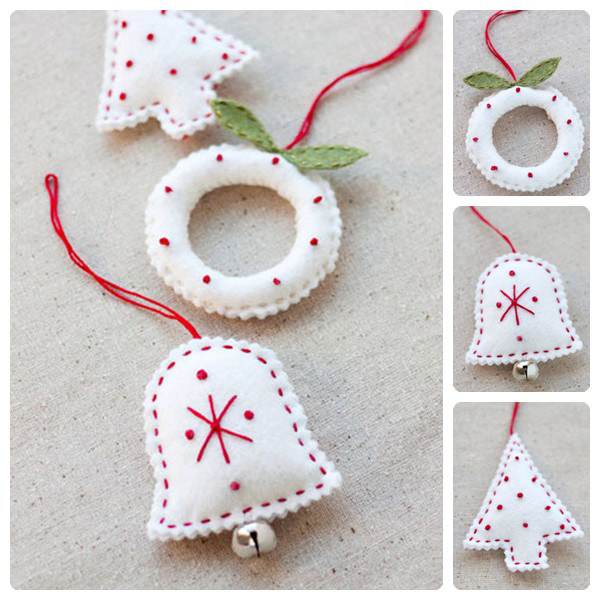


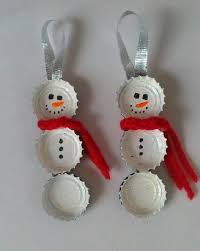

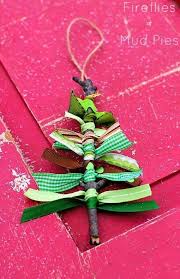
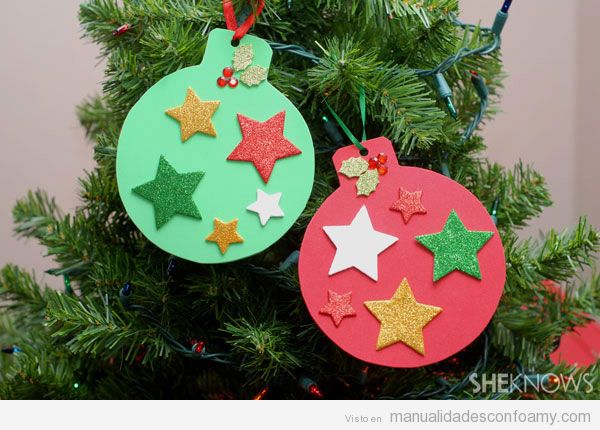
The children wake up very early in the morning to open the presents. They find their presents under the Christmas tree.
People decorate their Christmas Trees with: bells, candles, lights, tinsels, baubles, ornaments, candy canes and a star or an angel at the very top of the tree.
A traditional Christmas dinner include: roast turkey, roast potatoes, cranberry sauce, for dessert they have rich fruity pudding which you douse in brandy. Christmas puddings usually include raisins, nuts and cherries and finally gingerbread is also typical.
But before dinner exploit a Christmas cracker. This is a coloured paper tube which contains a banger. When two people pull the cracker it snaps in half making a loud bang.
Inside the cracker there are paper crowns, jokes or little gifts.




The students do the christmas ornaments in class.









-boxing day
Boxing Day is a holiday traditionally celebrated, on 26 December, after Christmas Day, when servants and tradespeople would receive gifts, known as a "Christmas box", from their bosses or employers.
On Boxing Day people play sports. Football and horse racing are the most popular activities.
Shops sell their Christmas inventory at reduced prices.
English families boxed up Christmas leftovers. Then they gave them to poor families and churches for charity.
The tradition still continues today! Employers give extra money to their employees and schools across the country send their Christmas Boxes full of gifts to poorer countries


To work "the boxing day" into the classroom it should submit a paper to each student with a name of a partner and must make a manual gift.
Boxing Day is a holiday traditionally celebrated, on 26 December, after Christmas Day, when servants and tradespeople would receive gifts, known as a "Christmas box", from their bosses or employers.
On Boxing Day people play sports. Football and horse racing are the most popular activities.
Shops sell their Christmas inventory at reduced prices.
English families boxed up Christmas leftovers. Then they gave them to poor families and churches for charity.
The tradition still continues today! Employers give extra money to their employees and schools across the country send their Christmas Boxes full of gifts to poorer countries

To work "the boxing day" into the classroom it should submit a paper to each student with a name of a partner and must make a manual gift.
-quiz
The students have to guess the results of this christmas quiz.
- This word starts with a "W." It is the season of the year in which Christmas is celebrated.
What is it called? (Winter)

- This word starts with an "S." It is a fluffy white form of water that sometimes falls in cold parts of the world during winter.
What is it called? (Snow)
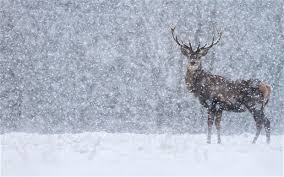
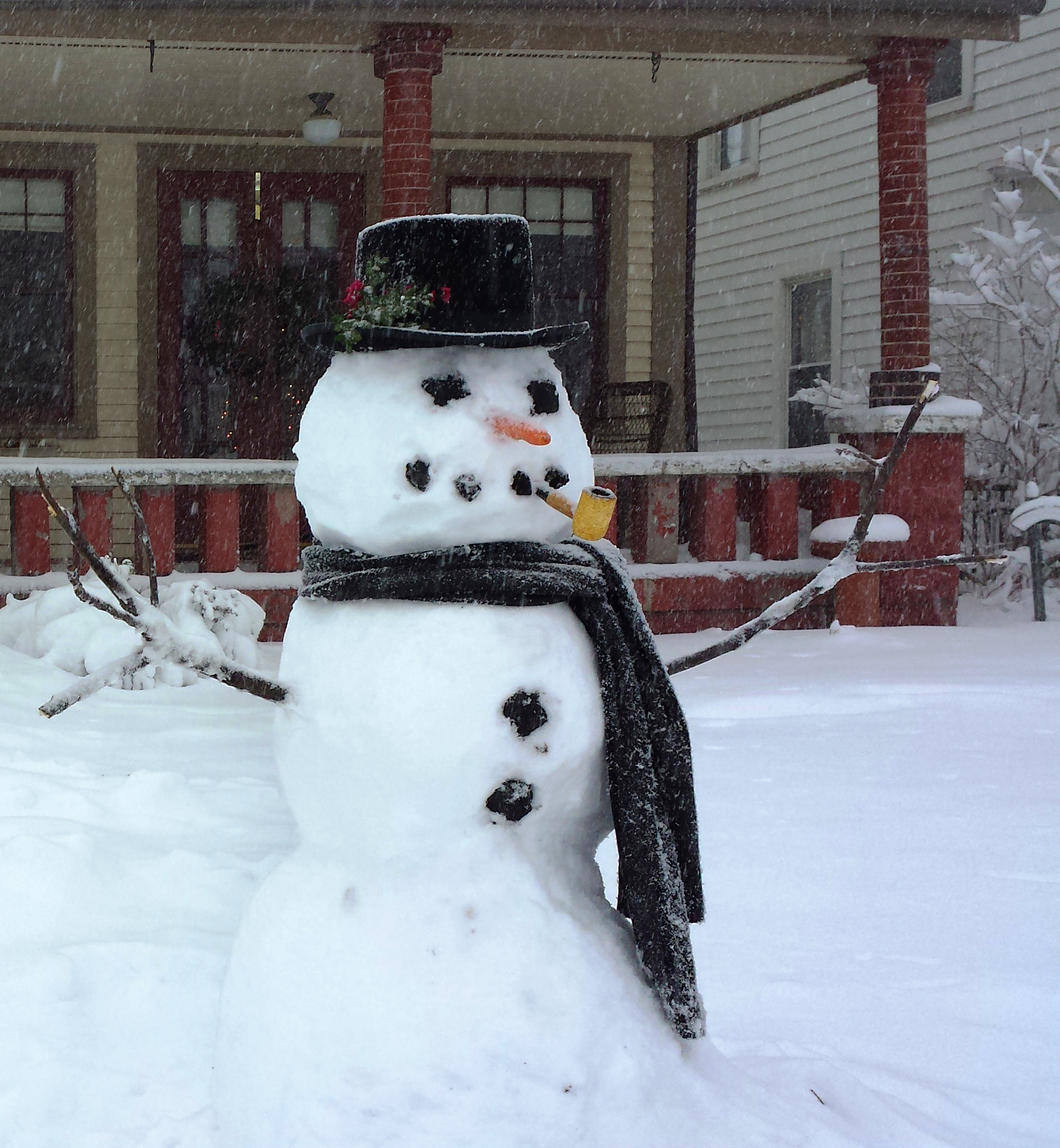




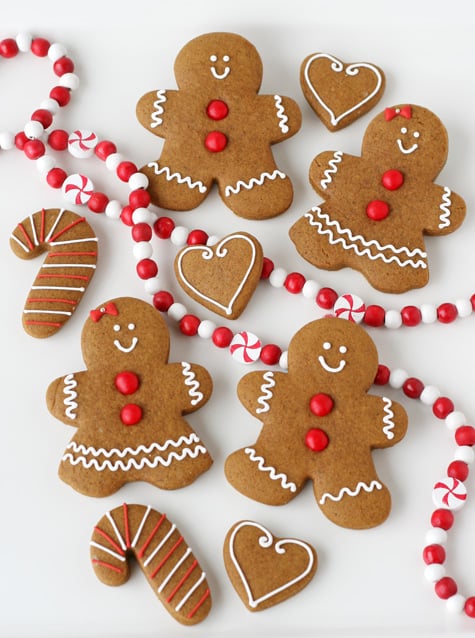
The students have to guess the results of this christmas quiz.
- This word starts with a "W." It is the season of the year in which Christmas is celebrated.
What is it called? (Winter)
- This word starts with an "S." It is a fluffy white form of water that sometimes falls in cold parts of the world during winter.
What is it called? (Snow)
-This word starts with an "S." It is a character that
you can make out of snow.
What is it called? (Snowman)

- This word starts with a
"P." Christmas is a time for giving. This is another word for a gift.
What is this other word? (Present)
- This word starts with a "T." Most children hope to
get some of these for Christmas.
What are they? (Toys)
- This word starts with a "T." This is a symbol of
Christmas. Some people put one of these in their house and decorate it with
ornaments, lights and angels.
What is it? (Tree)
- This word starts with an "N." This cold, far-away
area is where Santa lives.
What is it called? (North Pole)


- This word starts with a "G." These decorated cookies
are made in the shape of little people.
What are they called? (Gingerbread)






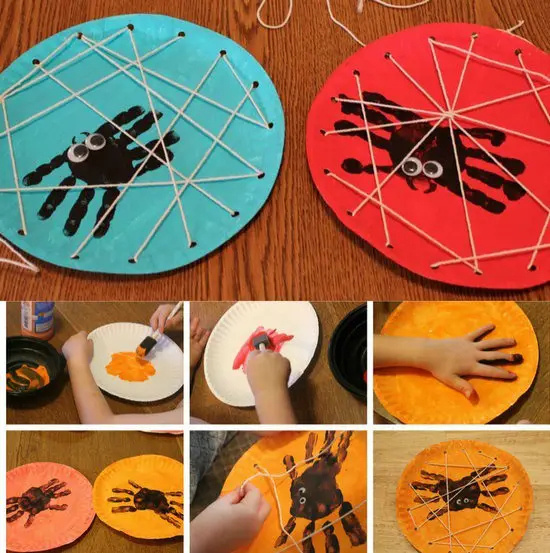

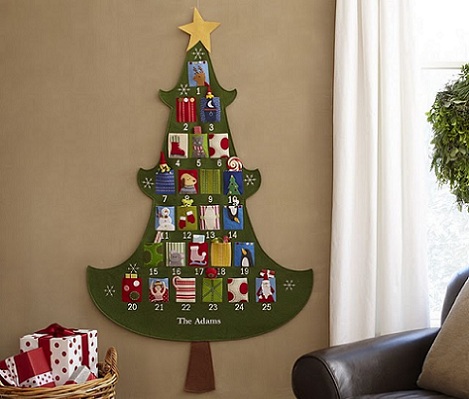

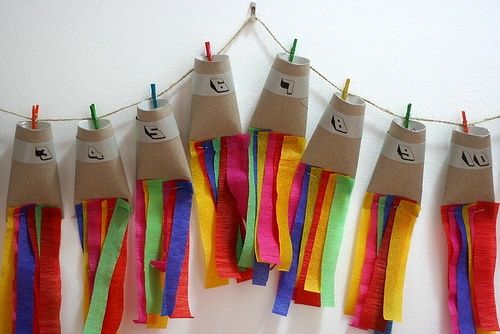




No hay comentarios:
Publicar un comentario